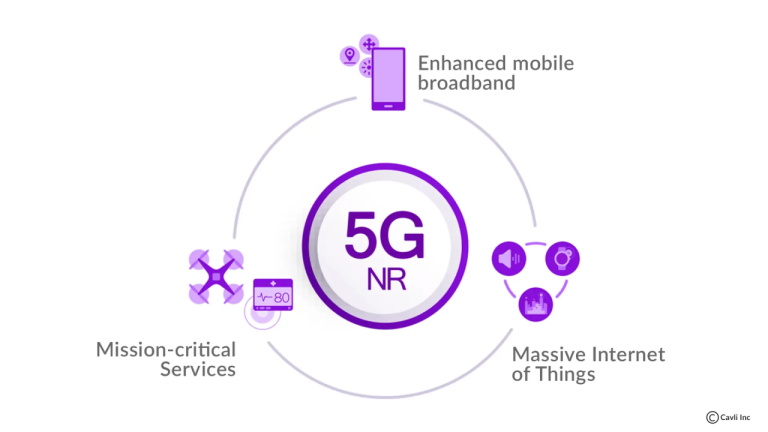WG1 Explained: What You Should Know About Working Group 1
telcomatraining.com – In the world of international climate science and policy, the term WG1 often comes up as a critical reference point. But what exactly does WG1 stand for, and why is it so important? This article will explain the role, purpose, and impact of Working Group 1 (WG1), particularly in the context of the Intergovernmental Panel on Climate Change (IPCC). If you’re looking to understand the science behind climate change, WG1 is the place to start.
What is WG1?
WG1, short for Working Group 1, is one of three working groups established by the IPCC, which was founded by the United Nations Environment Programme (UNEP) and the World Meteorological Organization (WMO) in 1988. The purpose of the IPCC is to assess the science related to climate change, its impacts, and possible solutions. WG1 is specifically responsible for evaluating the physical science basis of climate change.
This working group brings together scientists and experts from around the globe to study the current state of the climate, understand the mechanisms behind climate change, and model future projections based on various scenarios. The findings and reports from WG1 are pivotal in shaping global climate policies and response strategies.
The Role of WG1 in Climate Change Research
Working Group 1 plays a crucial role in compiling and synthesizing the vast amounts of data that researchers collect on climate change. Their research focuses on several key areas:
- Understanding the Earth’s Climate System: WG1 investigates the physical processes that govern the Earth’s climate. This includes examining the atmosphere, oceans, ice, and land surfaces, and how these interact to regulate the planet’s temperature.
- Attributing Climate Change: One of the primary objectives of WG1 is to determine whether observed climate changes are due to natural factors, human activities, or a combination of both. The group uses data from a variety of sources to pinpoint the causes behind global warming and other climate phenomena.
- Climate Models and Predictions: WG1 is heavily involved in developing complex computer models that predict future climate scenarios. These models are essential in estimating how the planet will warm in the coming decades under different emissions scenarios and how climate change will affect weather patterns, sea levels, and ecosystems.
- Global Temperature and Carbon Trends: Another significant area of focus for WG1 is understanding the rise in global temperatures and the levels of greenhouse gases, such as carbon dioxide, in the atmosphere. The working group evaluates trends in these areas to forecast how the climate may evolve.
WG1 and the IPCC Assessment Reports
WG1’s findings are published in the IPCC’s Assessment Reports (AR), which are released approximately every five to six years. These reports are considered the gold standard in climate science and are the primary reference for policymakers, scientists, and environmental advocates worldwide.
Each Assessment Report involves a comprehensive review of the latest scientific literature on climate change. WG1 authors critically assess thousands of studies, distilling the information into a series of key findings. These reports are then used by governments and organizations to craft climate policies and set emission reduction targets.
WG1’s Influence on Global Climate Policy
The reports produced by WG1 have a profound influence on international climate negotiations. The IPCC’s scientific assessments are often cited during high-level conferences such as the United Nations Framework Convention on Climate Change (UNFCCC) Conference of the Parties (COP) meetings. They help governments around the world understand the urgency of addressing climate change, particularly when it comes to setting emission reduction targets under global agreements like the Paris Agreement.
WG1’s reports highlight the potential risks of unchecked climate change, including extreme weather events, rising sea levels, and disruptions to ecosystems and human livelihoods. These findings provide the scientific backing for the adoption of policies aimed at mitigating climate change and adapting to its impacts.
Key Takeaways
Working Group 1 is a cornerstone of the IPCC, responsible for understanding the scientific basis of climate change. Its role in assessing and synthesizing climate data is essential for accurate climate predictions, informing international policies, and guiding mitigation efforts. By bringing together the world’s leading climate scientists, WG1 ensures that decisions made by governments and international bodies are rooted in the best available science.
As climate change continues to pose a significant challenge to global societies, the work of WG1 will remain pivotal in guiding the world toward a sustainable future. Understanding the science behind climate change is the first step in taking meaningful action, and WG1 plays a vital part in providing that understanding.
If you want to stay updated on the latest findings about climate science and its implications for our planet, following the work of WG1 and the IPCC is a must.
Conclusion
Working Group 1 provides the scientific foundation necessary to understand and tackle climate change. Its detailed assessments, published in the IPCC reports, help shape policies and decisions that aim to mitigate the impacts of global warming. With the increasing urgency of climate action, WG1’s research and expertise will continue to be a guiding force for the world in addressing climate change.






